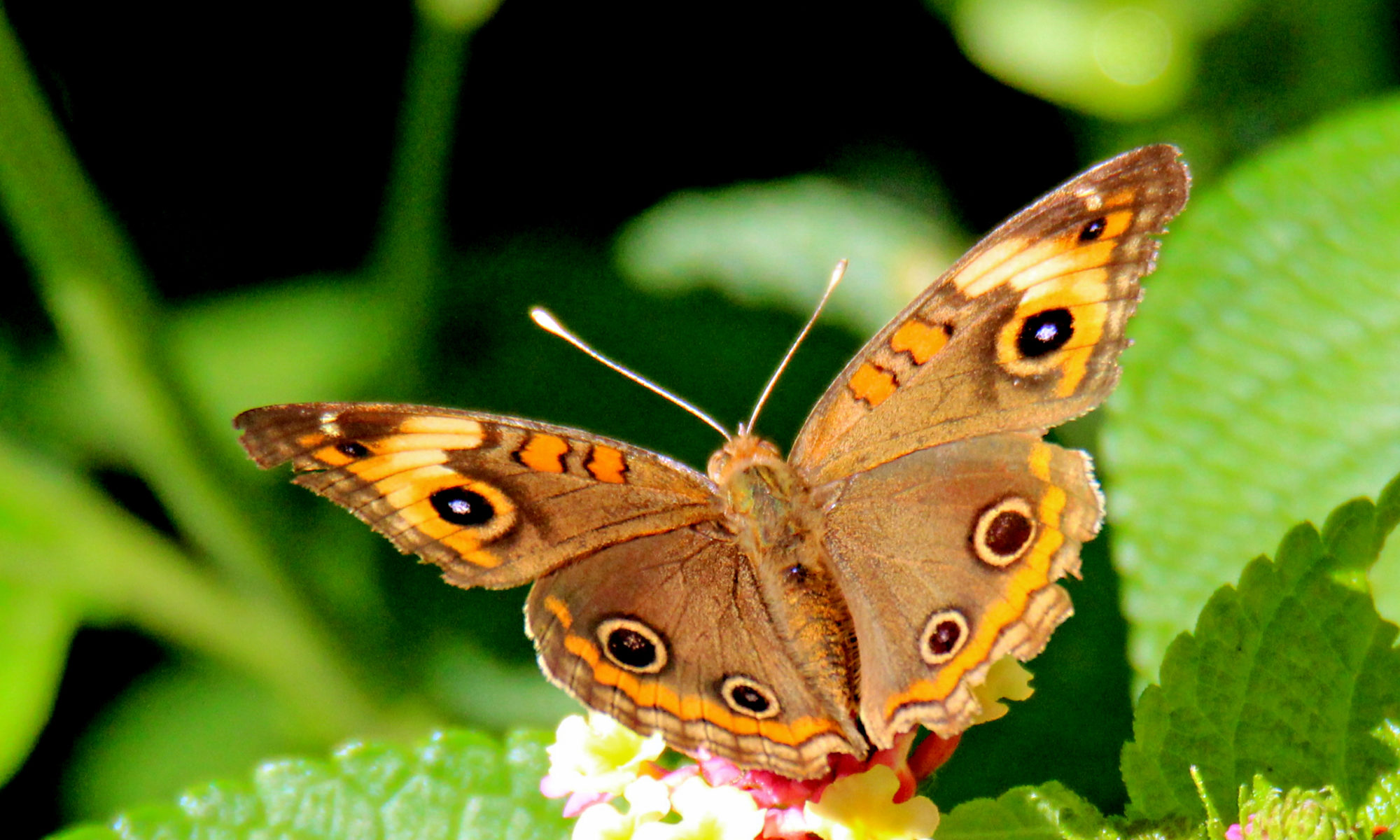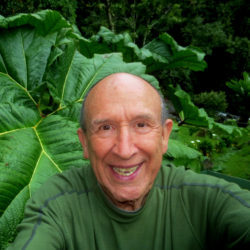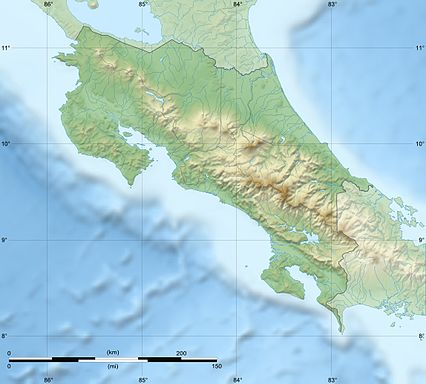The more I learn about Costa Rica the more I like it! 🙂
I copied the following from the “Live in Costa Rica Blog” by Christopher Howard.
A list of facts on Costa Rica compiled from a number of sources:
- Costa Rica hosts more than 5% of the world’s biodiversity even though its landmass only takes up .03% of the planets surface.
- Costa Rica is officially the Republic of Costa Rica (Spanish: República de Costa Rica).
- Costa Rica spends roughly 6.9% of its budget (2016) on education, compared to a global average of 4.4%.
- Costa Rica was sparsely inhabited by indigenous people before coming under Spanish rule in the 16th century. It remained a peripheral colony of the empire until independence as part of the short-lived First Mexican Empire, formally declaring independence in 1847.
- Costa Rica has remained among the most stable, prosperous, and progressive nations in Latin America.
- Following the brief Costa Rican Civil War in 1948, it permanently abolished its army becoming one of only a few sovereign nations without a standing army.
- Costa Rica also has progressive environmental policies. It is the only country to meet all five UNDP criteria established to measure environmental sustainability.
- Costa Rica plans to become a carbon-neutral country by 2021. By 2016, 98.1% of its electricity was generated from green sources particularly hydroelectric, solar, geothermal and biomass.
- The name la costa rica, meaning “rich coast” in the Spanish language, was in some accounts first applied by Christopher Columbus, who sailed to the eastern shores of Costa Rica during his final voyage in 1502.
- During most of the colonial period, Costa Rica was the southernmost province of the Captaincy General of Guatemala, nominally part of the Viceroyalty of New Spain.
- Like the rest of Central America, Costa Rica never fought for independence from Spain.
- Coffee was first planted in Costa Rica in 1808. By the 1820s, it surpassed tobacco, sugar, and cacao as a primary export. Coffee production remained Costa Rica’s principal source of wealth well into the 20th century.
- Costa Rica is located on the Central American isthmus, lying between latitudes 8° and 12°N, and longitudes 82° and 86°W. It borders the Caribbean Sea (to the east) and the Pacific Ocean (to the west), with a total of 1,290 kilometers (800 mi) of coastline.
- Costa Rica also borders Nicaragua to the north (309 km of border) and Panama to the south-southeast (330 km of border).
- Costa Rica comprises 51,100 square kilometres (19,700 sq mi) plus 589 square kilometres (227 sq mi) of territorial waters.
- Costa Rica’s marine area reaches 580,000 square kilometers, approximately 10 times larger than its land area.
- The highest point in the country is Cerro Chirripó, at 3,819 meters (12,530 ft); it is the fifth highest peak in Central America.
- The highest volcano in the country is the Irazú Volcano (3,431 m or 11,257 ft) and the largest lake is Lake Arenal.
- There are 14 known volcanoes in Costa Rica, and six of them have been active in the last 75 years.
- The country has also experienced at least ten earthquakes of magnitude 5.7 or higher (3 of magnitude 7.0 or higher) in the last century.
- Costa Rica also comprises several islands. The Isla del Coco or Cocos Island (24 square kilometers) stands out because of its distance from the continental landmass, 480 kilometers from Puntarenas, but Isla Calero is the largest island of the country (151.6 square kilometers).
- Over 25% of Costa Rica’s national territory is protected by SINAC (the National System of Conservation Areas), which oversees all of the country’s protected areas, the largest percentage of protected areas in the world (developing world average 13%, developed world average 8%).
- Costa Rica possesses the greatest density of species in the world.
- Costa Rica’s climate is tropical year round. However, the country has many microclimates depending on elevation, rainfall, topography, and by the geography of each particular region.
- Costa Rica’s seasons are defined by how much rain falls during a particular period. The year can be split into two periods, the dry season known to the residents as summer (verano), and the rainy season, known locally as winter (invierno).
- The Caribbean slopes of the Cordillera Central mountains, has an annual rainfall of over 5,000 mm (196.9 inches or 16.4 feet)
- Costa Rica stands as the most visited nation in the Central American region,[104] with 2.9 million foreign visitors in 2016, up 10% from 2015.
- By 2004, tourism was generating more revenue and foreign exchange than bananas and coffee combined.
- The 2011 census counted a population of 4.3 million people[122] distributed among the following groups: 83.6% whites or mestizos, 6.7% mulattoes, 2.4% Native American, 1.1% black or Afro-Caribbean; the census showed 1.1% as Other, 2.9% (141,304 people) as None, and 2.2% (107,196 people) as unspecified.[1] By 2016, the UN estimation for the population was around 4.9 million.
- In 2011, there were over 104,000 Native American or indigenous inhabitants, representing 2.4% of the population. Most of them live in secluded reservations, distributed among eight ethnic groups: Quitirrisí (in the Central Valley), Matambú or Chorotega (Guanacaste), Maleku (northern Alajuela), Bribri (southern Atlantic), Cabécar (Cordillera de Talamanca), Boruca (southern Costa Rica) and Térraba (southern Costa Rica).
- The 2011 census classified 83.6% of the population as white or Mestizo; the latter are persons of combined European and Amerindian descent. The Mulatto segment (mix of white and black) represented 6.7% and indigenous people made up 2.4% of the population.
- Costa Rica hosts many refugees, mainly from Colombia and Nicaragua. As a result of that and illegal immigration, an estimated 10–15% (400,000–600,000) of the Costa Rican population is made up of Nicaraguans.
- Costa Rica’s largest cities (by population) are: San Jose (333,980), Puerto Limon (55.667), Alajuela (42.889), Heredia (40,840), Tibas (36.627), Desamparados (36,437), Liberia (34.469) and Puntarenas (32,460).
- Christianity is Costa Rica’s predominant religion, with Roman Catholicism being the official state religion according to the 1949 Constitution.
- Costa Rica’s Constitution guarantees freedom of religion.
- According to the most recent nationwide survey of religion, conducted in 2007 by the University of Costa Rica, 70.5% of Costa Ricans are Roman Catholics (44.9% practicing Catholics), 13.8% are Evangelical Protestants (almost all are practicing), 11.3% report that they do not have a religion, and 4.3% belong to another religion.
- The primary language spoken in Costa Rica is Spanish, which features characteristics distinct to the country, a form of Central American Spanish.
- Costa Rica is a linguistically diverse country and home to at least five living local indigenous languages spoken by the descendants of pre-Columbian peoples: Maléku, Cabécar, Bribri, Guaymí, and Buglere.
- In November 2017, National Geographic magazine named Costa Rica as the happiest country in the world.
- Futbol (soccer) is the most popular sport in Costa Rica. The national team has played in four FIFA World Cup tournaments and reached the quarter-finals for the first time in 2014. The national team has qualified for the 2018 World Cup in Russia.
- According to the UNDP, in 2010 the life expectancy at birth for Costa Ricans was 79.3 years.
- The Nicoya Peninsula is considered one of the Blue Zones in the world, where people commonly live active lives past the age of 100 years.
- Costa Rica has been cited in various journals as Central America’s great health success story. Its healthcare system is ranked higher than that of the United States.
- Costa Rica is among the Latin America countries that have become popular destinations for medical tourism.
- Since 2012, Costa Rica has some of the most restrictive regulations on smoking in the world.
- The staples of the Costa Rican diet are rice and black beans, along with bread, chicken or meat, vegetables, salads, and fruits. Rice and beans mixed together for breakfast is called ‘gallo pinto‘.
- The average wage laborer is about $529 a month, the highest in Central America.
- Costa Ricans refer to themselves as “Ticos” (males) and “Ticas” (females).
- Though Costa Rica has its own currency (the Colon), the US dollar is commonly used in retail stores, rents, and prices of vehicles, for example.
- There are about 52 species of hummingbirds in Costa Rica, making Costa Rica a true hummingbird capital.
- Monkeys are one of the most common mammals in Costa Rica – next to bats.
- Bug-phobics look out! There are about 750,000 species of insects that live in Costa Rica, including about 20,000 different types of spiders! Also, more than 10% of the world’s butterflies live here.
- The Costa Rican government is democratic, with presidential elections every 4 years.
- The average Costa Rican household size is 3.5 people per household.
- Costa Ricans claim that Dr. Clodomiro “Clorito” Picado discovered the properties of penicillin before Dr. Alexander Fleming, based on a paper Dr. Picado had published in 1927.
- Costa Rica has a 96% literacy rate.
- Costa Rican women do not take their husbands’ last name when they get married. They keep their maiden name for life along with their mother’s maiden name.
- Called the grano de oro (grain of gold), coffee was Costa Rica’s foremost export for 150 years until tourism surpassed it in 1991. More than 247,104 acres of coffee is planted in Costa Rica, making it the 13th largest coffee exporter in the world.
- In Costa Rica, a soda is a small, informal restaurant that serves chicken, beans, rice, and salad for ¢2,000 to ¢3,000 colones a plate.
- Instead of saying “my other half,” Costa Ricans refer to their significant others as their “media naranja,” or “the other half of the orange”.
- Costa Rica is the second largest exporter of bananas in the world after Ecuador.
- In Costa Rica, a discoteca is a nightclub, and a nightclub is actually a strip club.
- In Costa Rica, speed bumps are called topes or muertos (dead persons).
- Costa Rica’s Escazú is famous for witchcraft where, historically, people took to mountain caves to secretly practice their religious and magical rituals.
- Robert Louis Stevenson’s novel Treasure Island is thought to be modeled on Costa Rica’s Isla del Coco.
- Costa Rica’s Oscar Arias Sanchez, president from 1986–1990 and again from 2006–2010, is a 1987 Nobel Peace Prize winner for his work in trying to end the crisis in Central America.
- Costa Rica’s largest body of freshwater is the manmade Lake Arenal.
- Arenal Volcano is the most active volcano in Costa Rica and one of the most active in the world. In 1968, Arenal erupted and destroyed the town of Tabacón. It last erupted in 2010.
- Drake Bay in southern Costa Rica is named for Sir Francis Drake, the first English navigator to sail around the world, who landed there in 1579.
- The sun rises and sets in Costa Rica at the same time every day (5 am and 6 pm) all year round, due to its close proximity to the equator.
- The single largest factor affecting Costa Rica’s economy is its national debt. In 1981, the country was the first in the world to default on its loans.
- Costa Rica’s Diquís Delta stone spheres are one of Central America’s most intriguing archaeological phenomena. Believed to be around 2,000 years old, thousands of stone spheres, from 4 inches (10 cm) to 8 feet (2.5 m) in diameter, were uncovered in the 1940s.
- The Costa Rican National Post Office was built in 1914.
- Costa Rica’s Teatro Nacional (National Theater) was built in 1897.
- Costa Rica’s national musical instrument is the marimba.
- Franklin R. Chang-Diaz is Costa Rica’s only astronaut, as well as the first Latin-American to be chosen by NASA and to go into space.
- Geovanny Escalante, a Costa Rican saxophonist for the band Marfil, broke Kenny G’s world record for holding a single saxophone note in 1998. He held the note for 90 minutes and 45 seconds, nearly doubling Kenny G’s time.
Courtesy to my good friend Rico at QCostaRica
¡Pura Vida!


